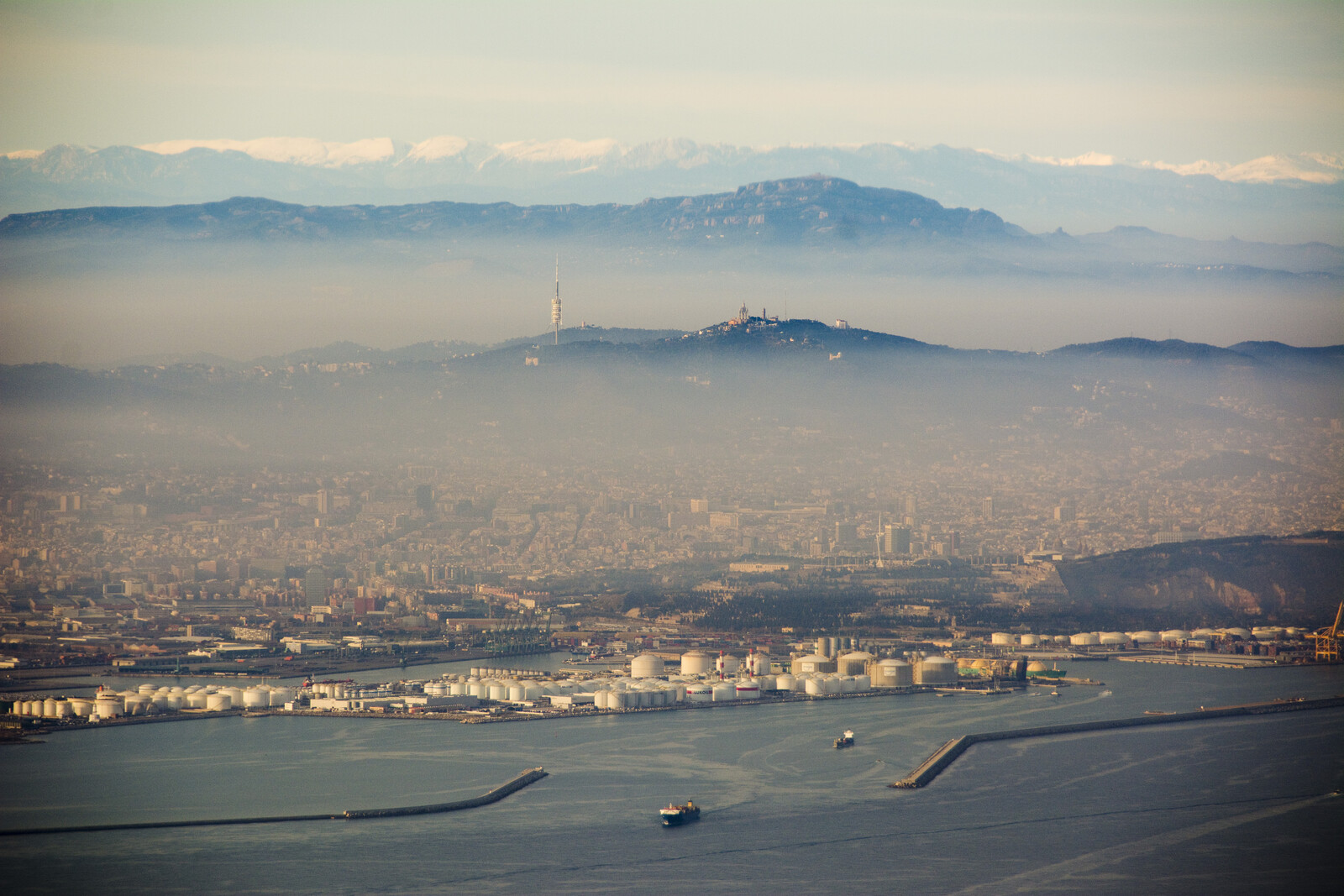Catalonia in Venice - air/aria/aire
Catalan Pavilion at the 17th Venice Architecture Biennale
May 22–November 21, 2021
Calle Quintavalle
Castello 40
Venice
Italy
The Institut Ramon Llull presents “Catalonia in Venice - air/aria/aire”, a Collateral Event of the Venice Architecture Biennale 2021 and an exhibition curated by architect Olga Subirós. The project reflects upon the central theme of the Biennale, “How will we live together?” with an investigation into air as a common asset upon which our survival depends. Under the name Air, the exhibition highlights the role of architecture and urbanism within the context of two interconnected global crises: the climate emergency and the public health crisis. This curatorial project aims to seek solutions to these interconnected crises through an investigation into air pollution and how it directly affects people. The exhibition offers an immersion into the radical experience of air contamination through a large, multisensory installation.
“Catalonia in Venice - air/aria/aire” is based on the study of the city through the application of digital technologies to analyse big data, viewed as an invaluable tool for empowering citizens and for enabling architects to design more sustainable, healthier, fairer cities. The exhibition focuses on the analysis of big data to benefit the public and identifies actions needed to rethink urban design and the need for access to open data. Cities, as prolific producers of data, must be able to protect the sovereignty of this public and private data, so that it works for the common good. The project proposes a revision of the concept of ‘smart cities’ in which the use of technology is not the solution, but rather a tool to constantly renovate the social pact. It is particularly relevant within the context of the COVID-19 health crisis. Numerous studies have pointed to air pollution as a contributing factor towards the higher rate of COVID-19 cases in urban areas. This makes the right to breathe clean air, on which this proposal is based, all the more important. Epidemics have always been an opportunity to accelerate the introduction of urban planning measures aimed at improving health in cities. This new public health crisis, along with critical levels of air pollution and the climate emergency, emphasises the need to adopt sustainable, healthy urban planning measures supported by an interdisciplinary, collaborative, participative model that incorporates data.
300.000 km/s, an architects’ studio specialising in the analysis of urban data for new urban challenges, will present the results of a project to create new cartographies of the city of Barcelona and of Catalonia, based on an examination of architectural, urbanistic, atmospheric and health data. A fundamental aspect of 300.000 km/s’s investigation is the active participation of experts from Catalonia’s scientific community and public sector. The cartographies were created by 300.000 km/s using a vast range of information, from European Space Agency (ESA) data to numerical models established by various public and private research groups in Catalonia. Examples of the latter include CALIOPE-Urban, an air quality forecasting operational system project carried out by the Barcelona Supercomputing Centre (BSC); the company Lobelia Earth’s predictive model; data from the Government of Catalonia’s network monitoring stations and pollution prevention; and studies on health impact from the ISGlobal institute and from Barcelona City Council’s Public Health Agency.
Olga Subirós, who also designed the architecture of the exhibition space, offers a large-format, immersive experience that brings visitors closer to three aspects of air pollution: its materiality, its apparent invisibility, and its impact on our cities. A large audiovisual installation presents the vulnerabilities, impacts and opportunities revealed by 300.000 km/s’s investigation that set the guidelines for sustainable, healthy urban planning. The installation takes on another, particularly sensory dimension thanks to the participation of singer and composer Maria Arnal, who fills the exhibition space with her own, never-before-heard aria.
“Catalonia in Venice - air/aria/aire” is an investigation into new work methodologies, which allow for a radically different analysis of the cities we live in and help us visualise future opportunities for these environments. The investigation will be explained in a monographic edition of the Quaderns d’Arquitectura i Urbanisme (“Architecture and Urbanism Workbooks”) journal, published by the Architects’ Association of Catalonia (COAC). The Institut Ramon Llull and the COAC have signed an agreement for the journal, with a national and international circulation of around 8000 copies, to be the new outlet for the scientific dissemination of the content produced by Catalonia in Venice for each edition of the Biennale Architettura.
For furher information please see the press release here.
For media requests:
Enrichetta Cardinale at Pickles PR: enrichetta@picklespr.com, T +34 656956672






